Like ripples on a pond, pulses of light reverberate through cosmic clouds forming echoes of light. Hubble has captured some of the best images of this reverberation of light through space.
-
Expanding Light Echo of V838 Monocerotis
In January 2002, an unexplained flash of light from a red supergiant star left what looked like an expanding bubble of debris. In fact, the light was simply illuminating clouds that were already in place around the star. Since light travels at a finite speed, the flash took years to reach the most distant clouds and expose them. This phenomenon, called a “light echo,” is reminiscent of sound waves echoing down a canyon and “revealing” its walls.
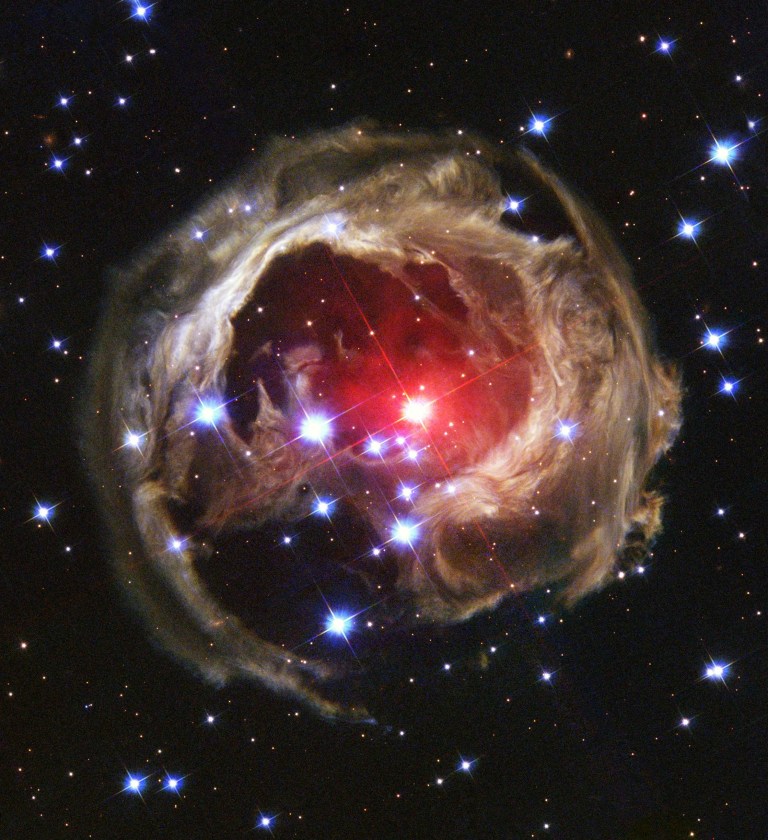 V838 Monocerotis (V838 Mon)NASA, the Hubble Heritage Team (AURA/STScI) and ESA
V838 Monocerotis (V838 Mon)NASA, the Hubble Heritage Team (AURA/STScI) and ESA
-
Light Echo Around an Exploded Star
Two years’ worth of Hubble images revealed “echoing” light in the expanding shell of an exploded star located some 11.4 million light years away in the galaxy M82. The supernova, called SN 2014J, was discovered on on Jan. 21, 2014. This movie, assembled from Hubble images, reveals the supernova’s expanding shell of light as it travels through interstellar space, bouncing off a giant dust cloud that extends 300 to 1,600 light-years from the supernova and reflecting back toward Earth.
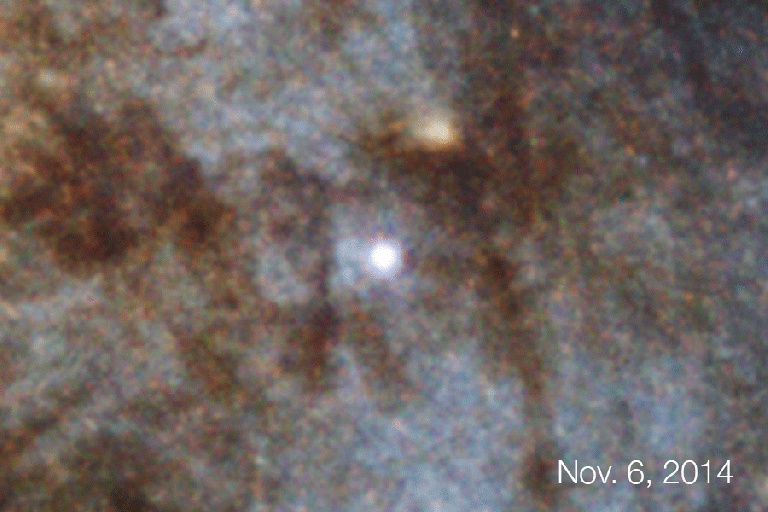 The stellar explosion, called SN 2014J, occurred in the nearby starburst galaxy M82, or Cigar galaxy, 11.4 million light-years away. So far, astronomers have spotted only 15 light echoes around supernovae outside our Milky Way galaxy. Light echo detections from supernovae are rarely seen because they must be nearby for a telescope to resolve them.NASA, ESA, J. DePasquale, and Z. Levay (STScI); Acknowledgment: Y. Yang (Texas A&M/Weizmann Institute of Science)
The stellar explosion, called SN 2014J, occurred in the nearby starburst galaxy M82, or Cigar galaxy, 11.4 million light-years away. So far, astronomers have spotted only 15 light echoes around supernovae outside our Milky Way galaxy. Light echo detections from supernovae are rarely seen because they must be nearby for a telescope to resolve them.NASA, ESA, J. DePasquale, and Z. Levay (STScI); Acknowledgment: Y. Yang (Texas A&M/Weizmann Institute of Science) -
RS Puppis
Hubble captured another light echo around the Cepheid variable star RS Puppis in 2013. Each time the star pulsates, it sends another wave of light into the cloud of gas and dust that surrounds it. These rippling light flashes are similar to the ripples produced in a pond after throwing a series of stones into the water. To our eye, they create a ripple pattern that appears to be expanding outward from the star.
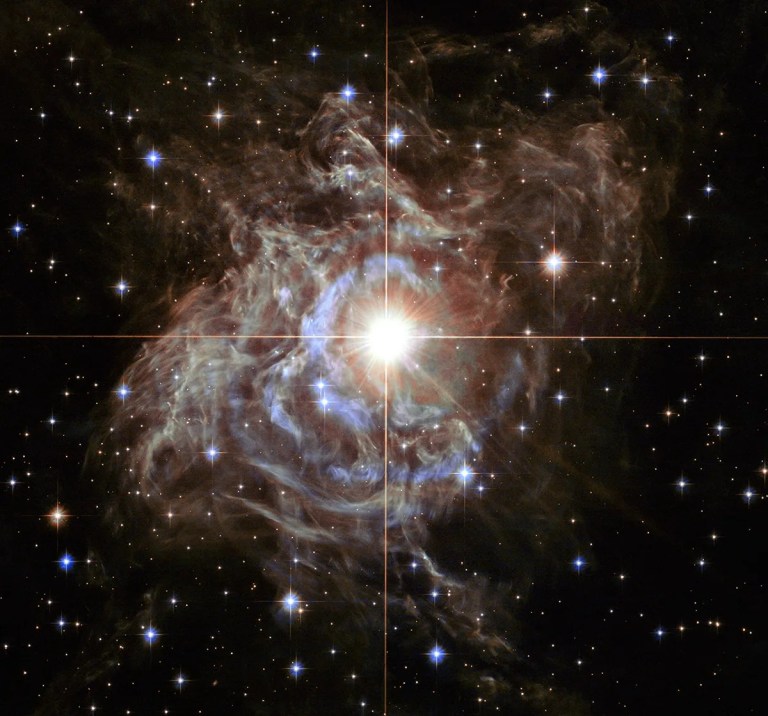 RS Puppis is a Cepheid variable star, rhythmically brightening and dimming in a predictable way over time. Using the known brightness of Cepheid variables, astronomers are able to determine distances to these stars.NASA, ESA, and the Hubble Heritage Team (STScI/AURA) Hubble/Europe Collaboration
RS Puppis is a Cepheid variable star, rhythmically brightening and dimming in a predictable way over time. Using the known brightness of Cepheid variables, astronomers are able to determine distances to these stars.NASA, ESA, and the Hubble Heritage Team (STScI/AURA) Hubble/Europe Collaboration
Learn More
Hubble Science Highlights
Discover the breadth and depth of Hubble's exciting discoveries!
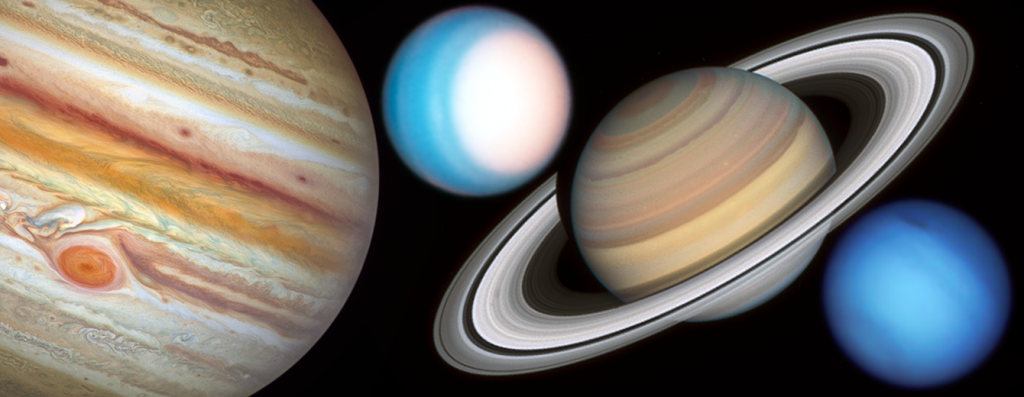
Studying the Planets and Moons
Hubble’s systematic observations chart the ever-changing environments of our solar system's planets and their moons.
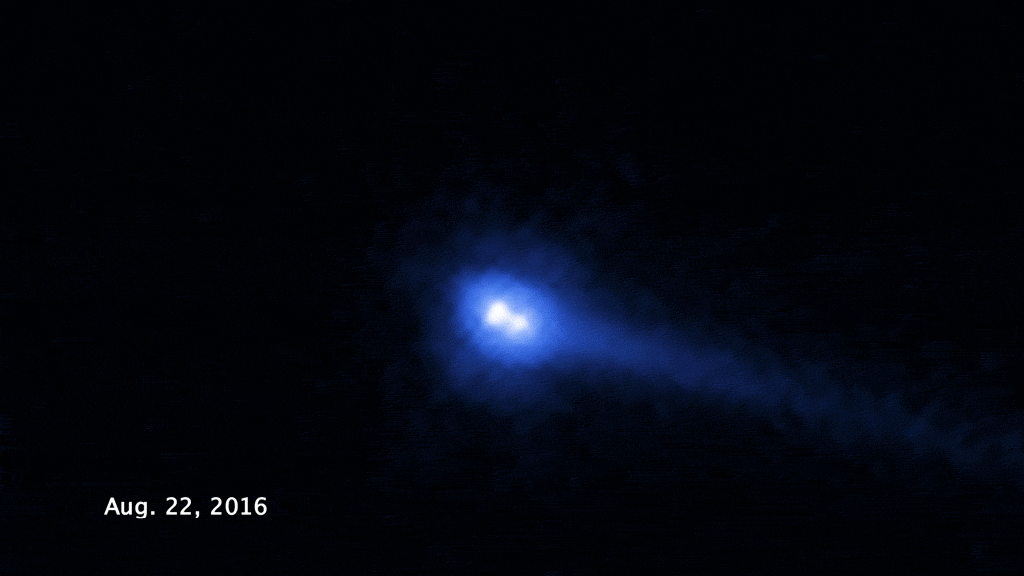
Tracking Evolution in the Asteroid Belt
These conglomerates of rock and ice may hold clues to the early solar system.
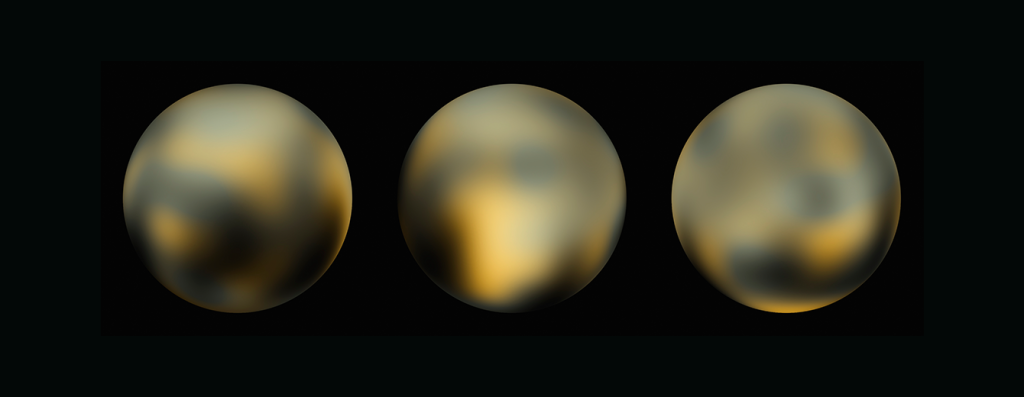
Uncovering Icy Objects in the Kuiper Belt
Hubble’s discoveries helped NASA plan the New Horizon spacecraft’s flyby of Pluto and beyond.
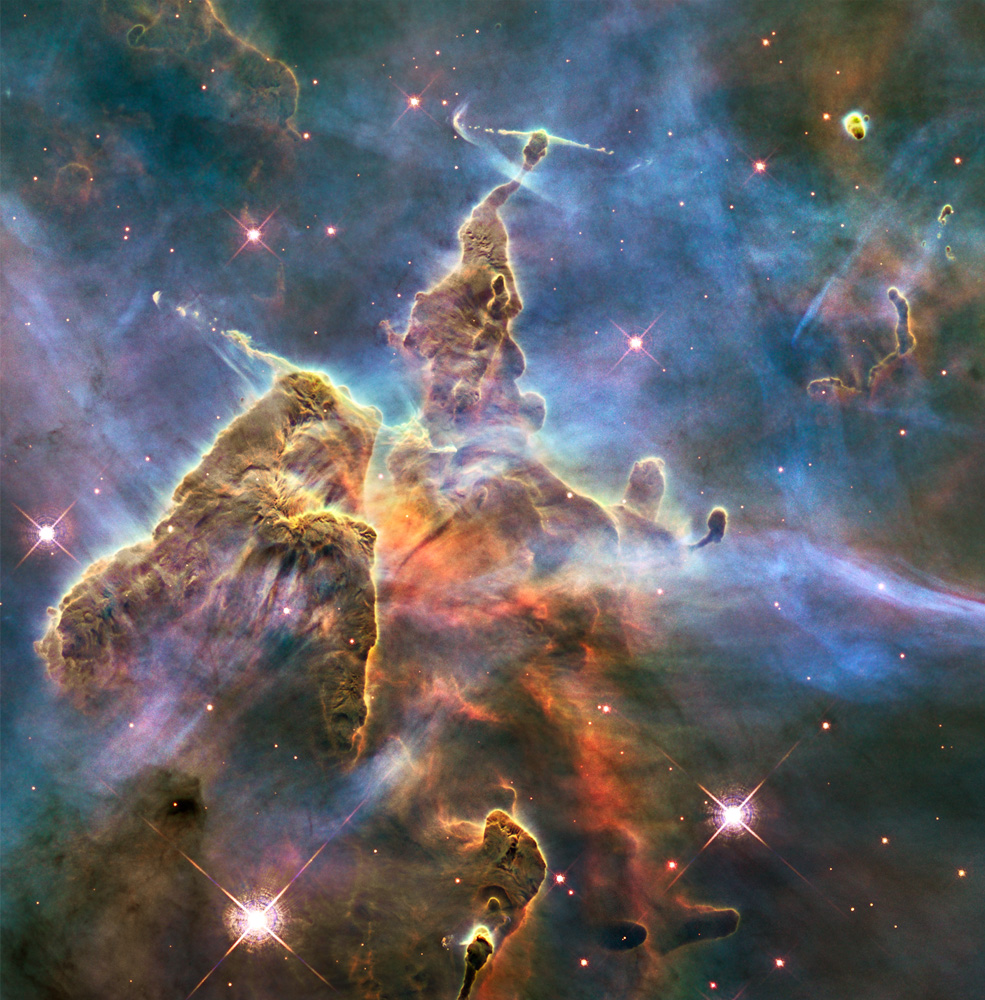
Exploring the Birth of Stars
Seeing ultraviolet, visible, and near-infrared light helps Hubble uncover the mysteries of star formation.
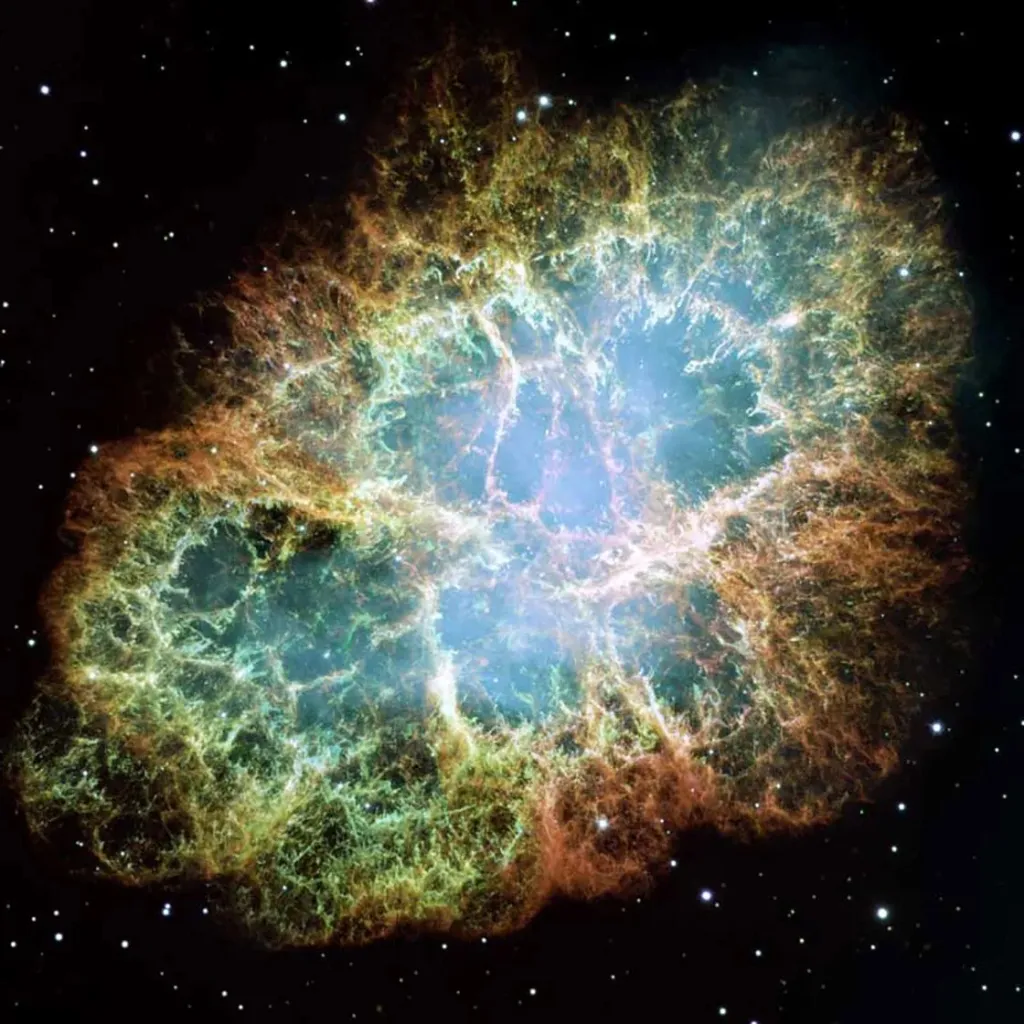
The Death Throes of Stars
When stars die, they throw off their outer layers, creating the clouds that birth new stars.
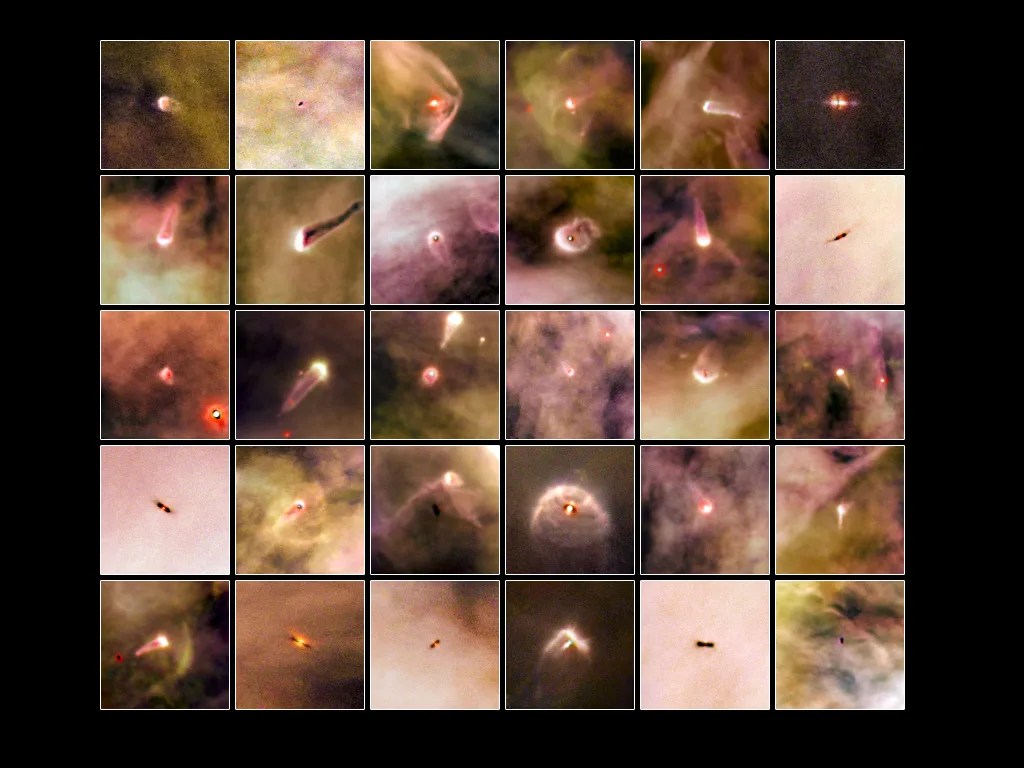
Finding Planetary Construction Zones
Hubble’s sensitivity uncovers the seeds of planets in enormous disks of gas and dust around stars.
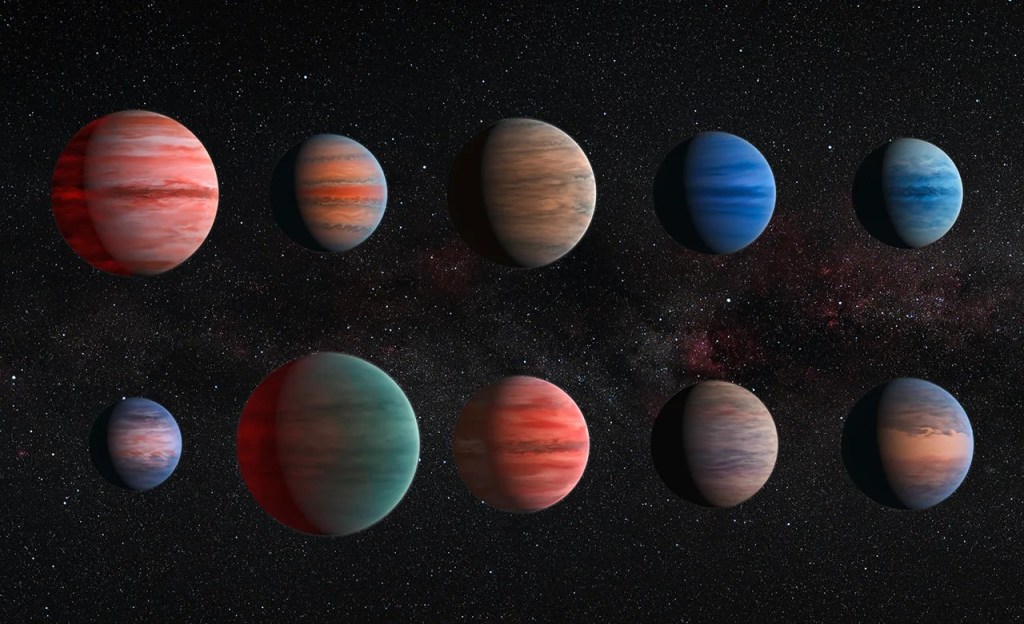
Recognizing Worlds Beyond Our Sun
Hubble can detect and measure the basic organic components for life on planets orbiting other stars.
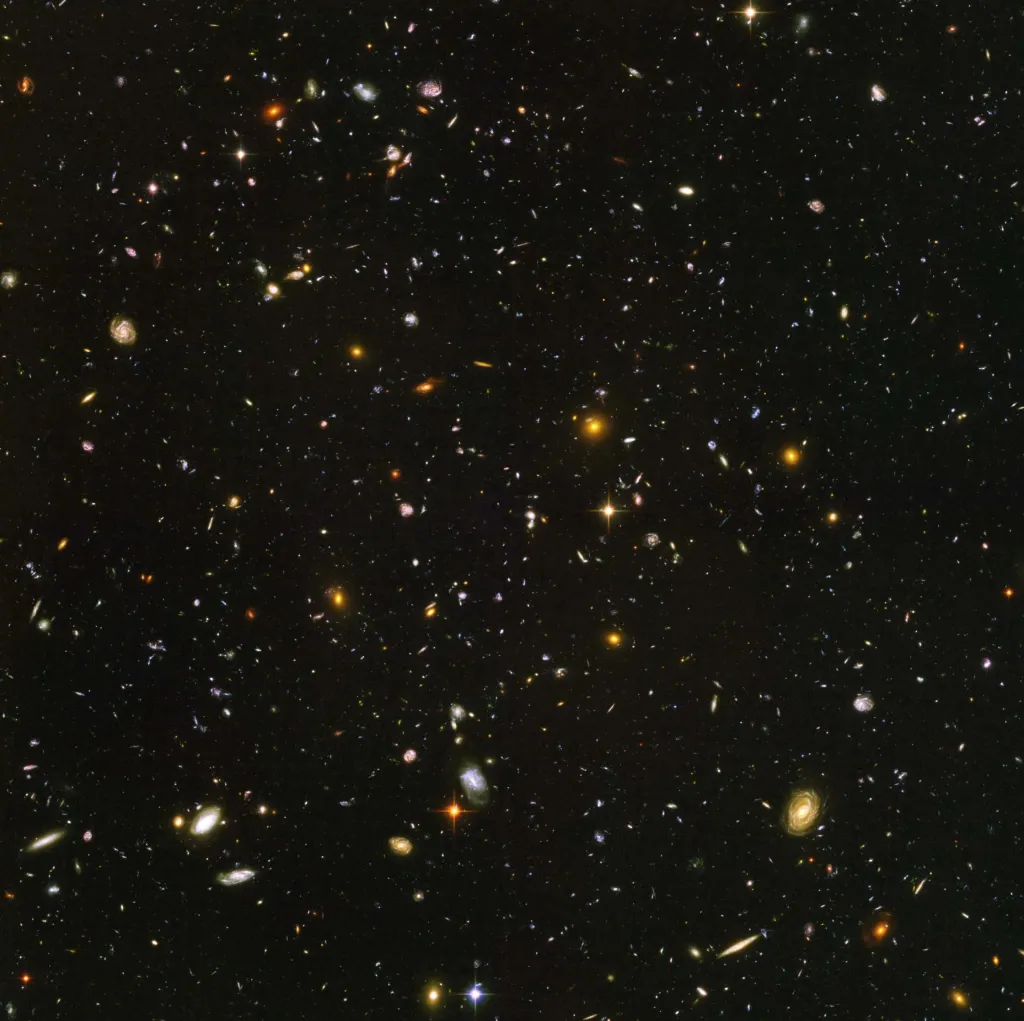
Tracing the Growth of Galaxies
Hubble's Deep Field observations are instrumental in tracing the growth of galaxies.
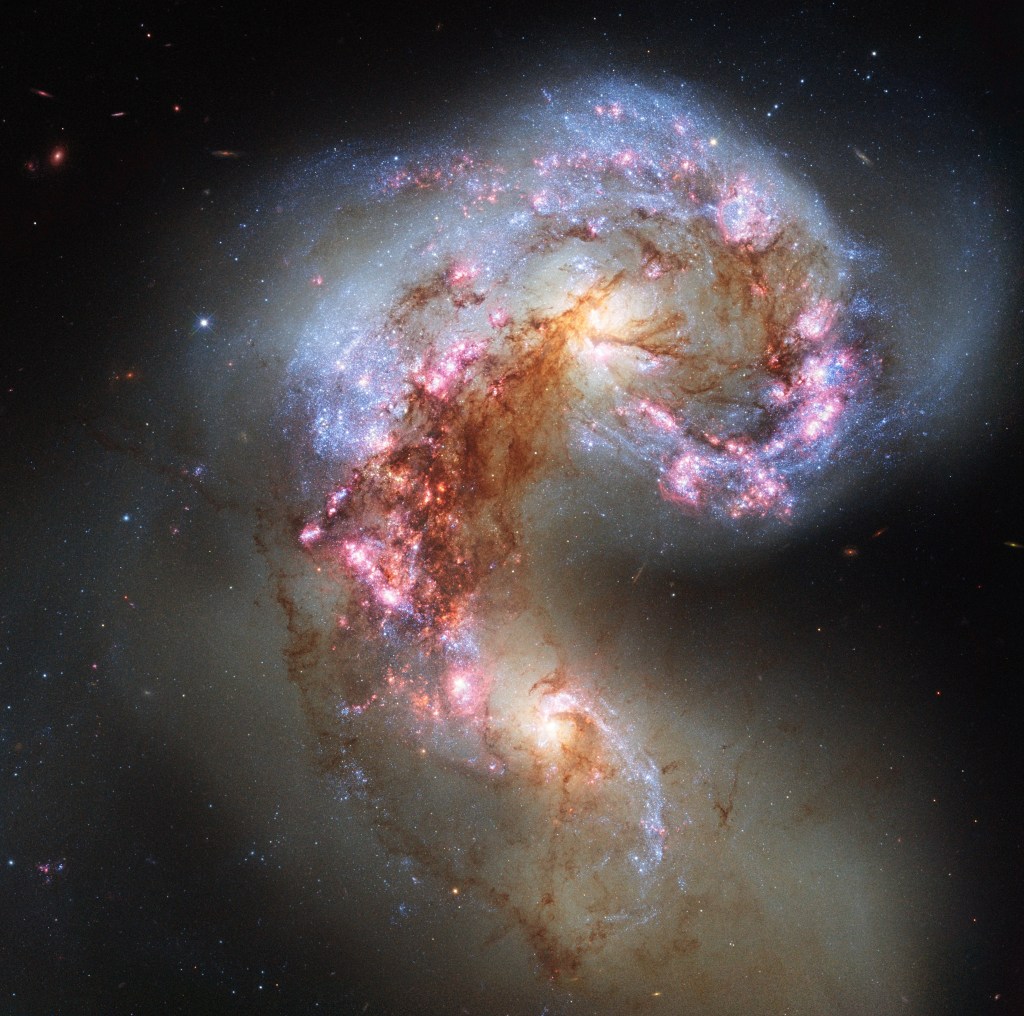
Galaxy Details and Mergers
Galaxies evolve through gravitational interaction with their neighbors, creating a menagerie of forms.
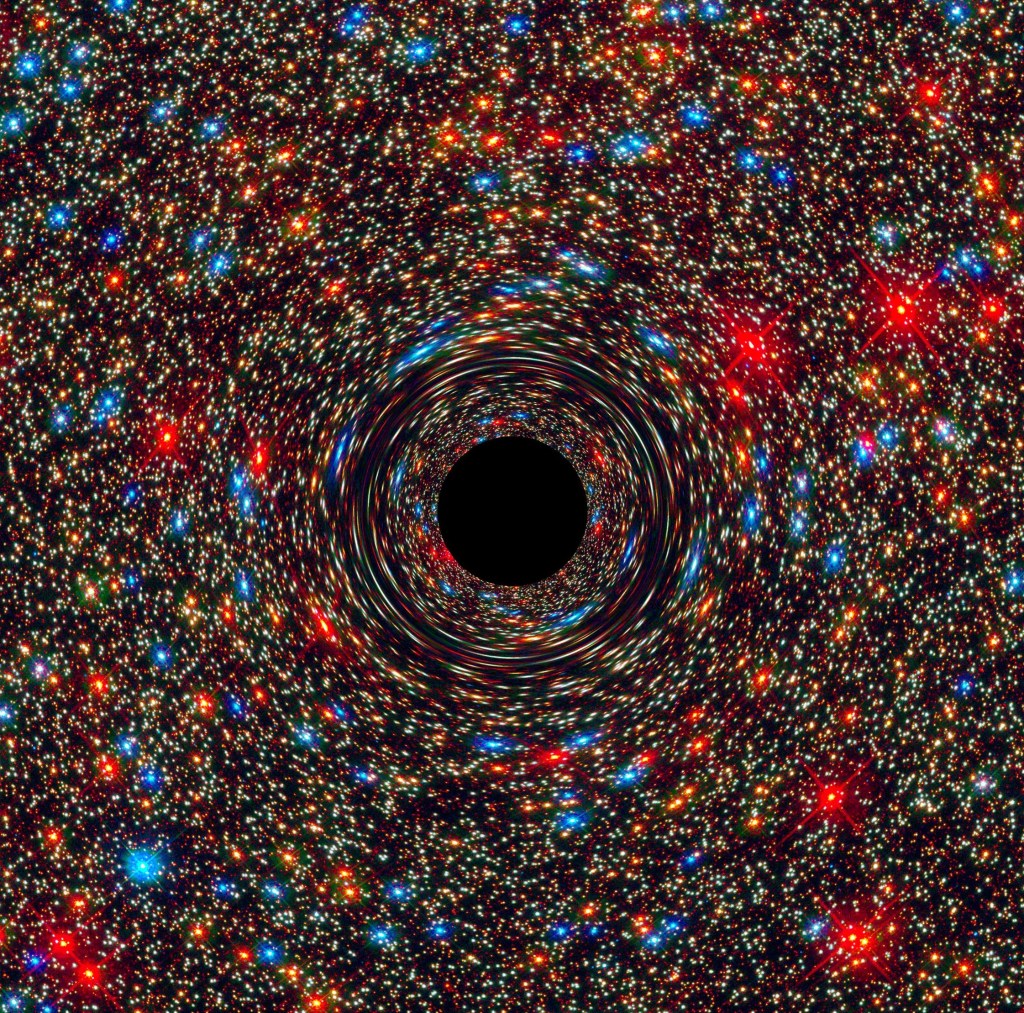
Monster Black Holes are Everywhere
Supermassive black holes lie at the heart of nearly every galaxy.
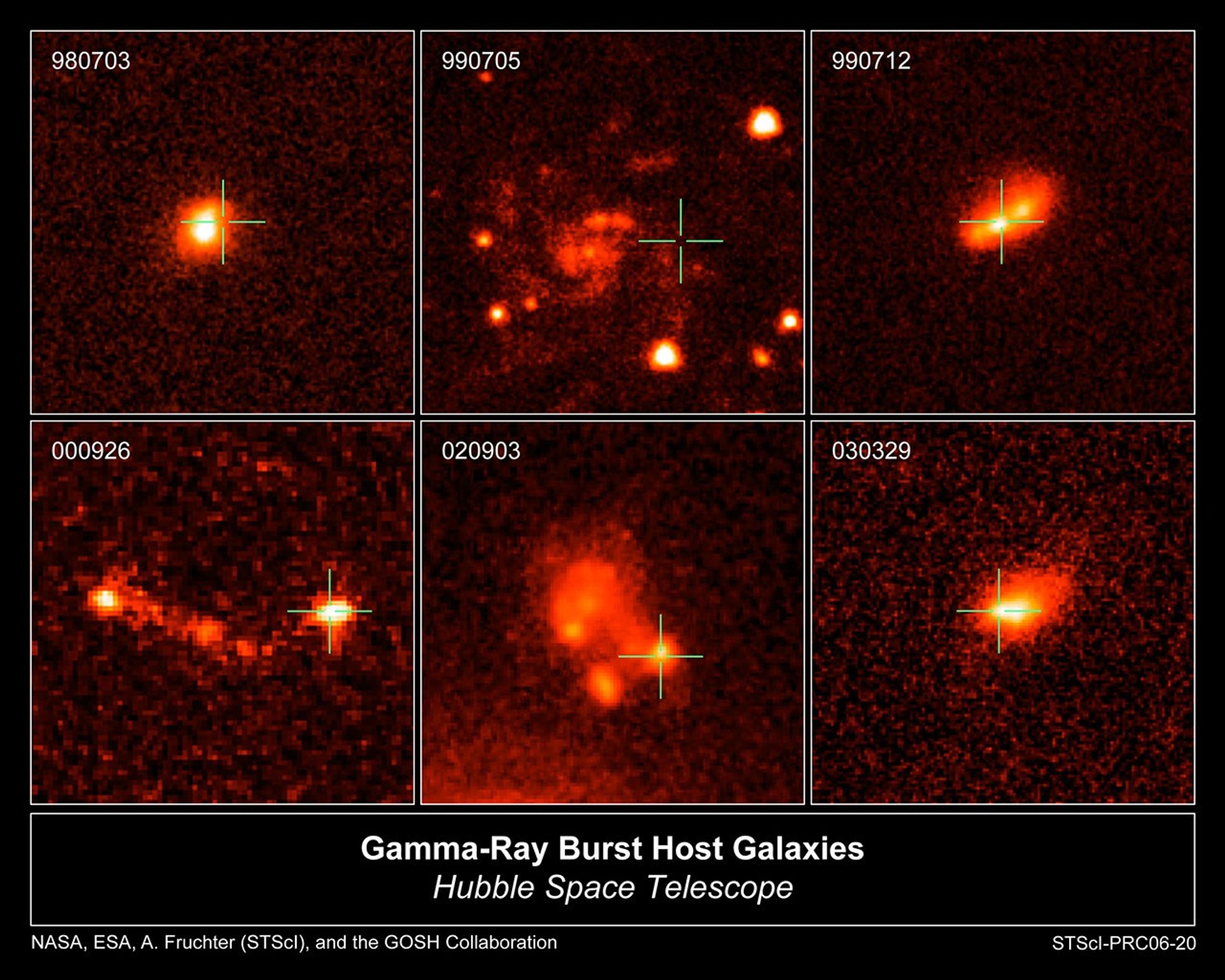
Homing in on Cosmic Explosions
Hubble helps astronomers better understand and define some of the largest explosions in the universe.
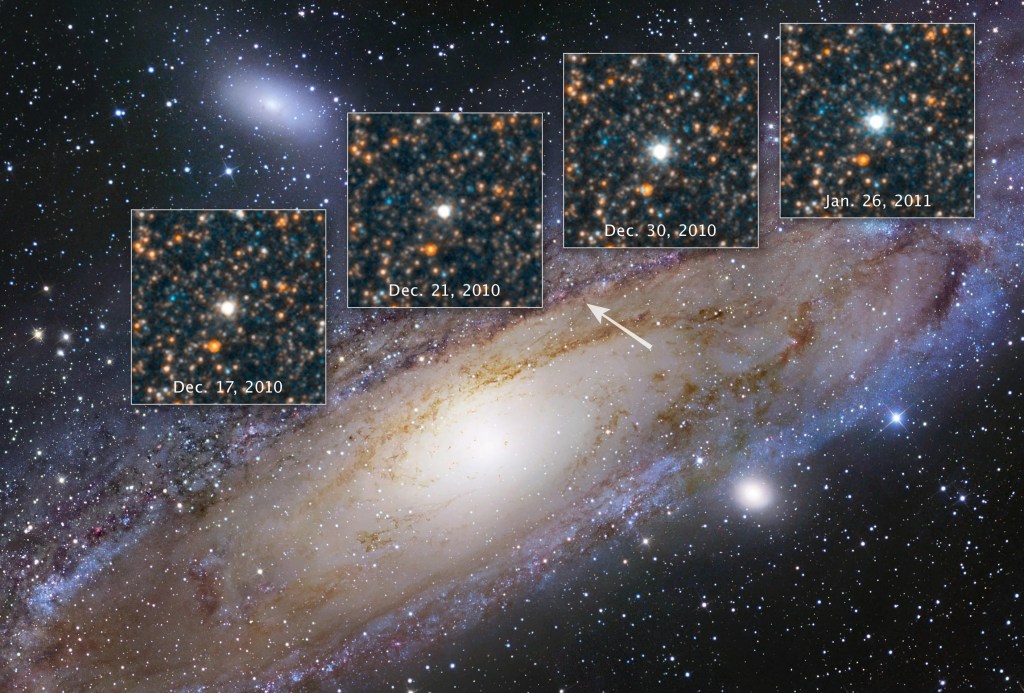
Discovering the Runaway Universe
Our cosmos is growing, and that expansion rate is accelerating.
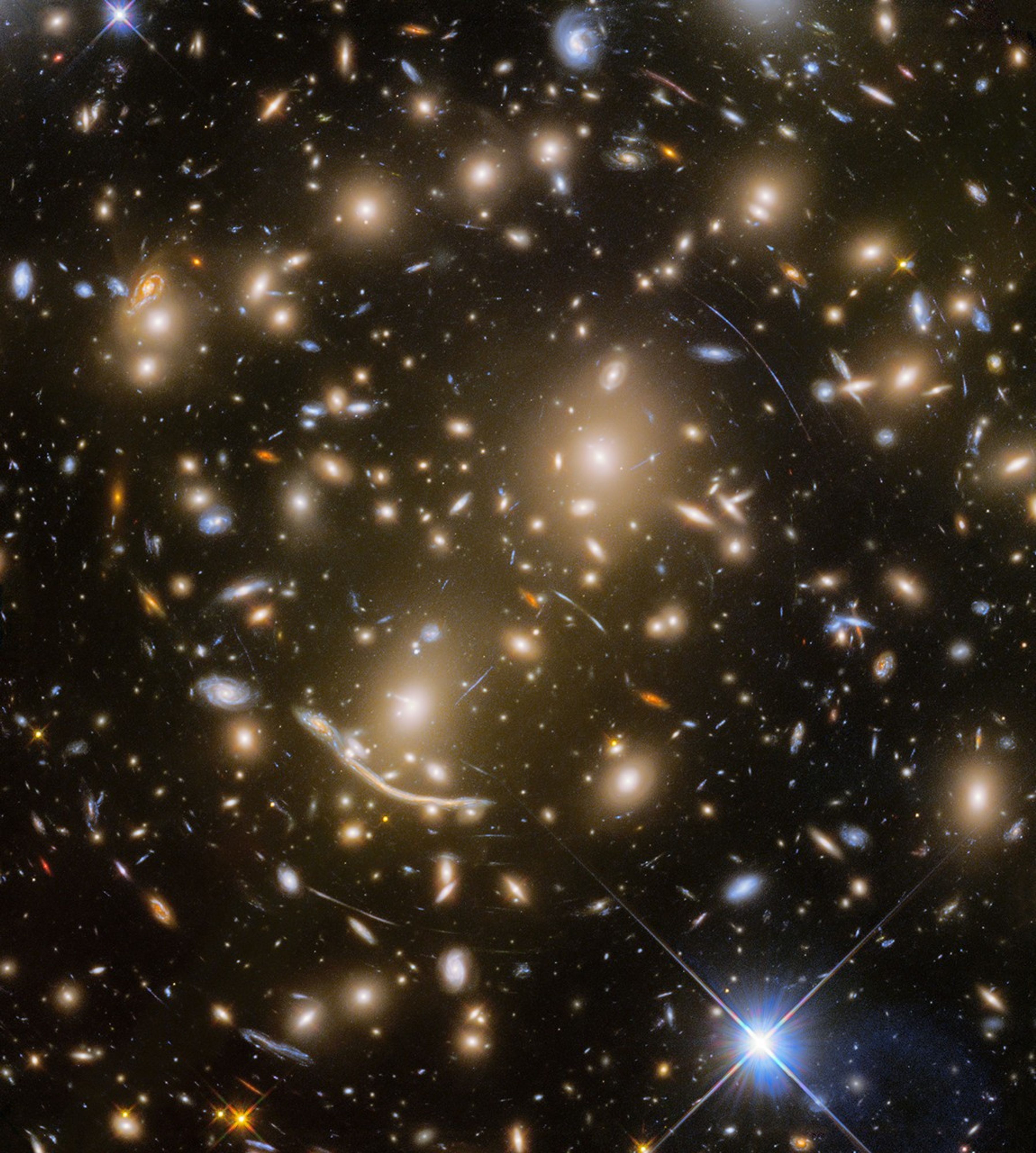
Focusing in on Gravitational Lenses
Gravitational lenses are 'Nature's Boost', expanding our view deeper into space and farther back in time.
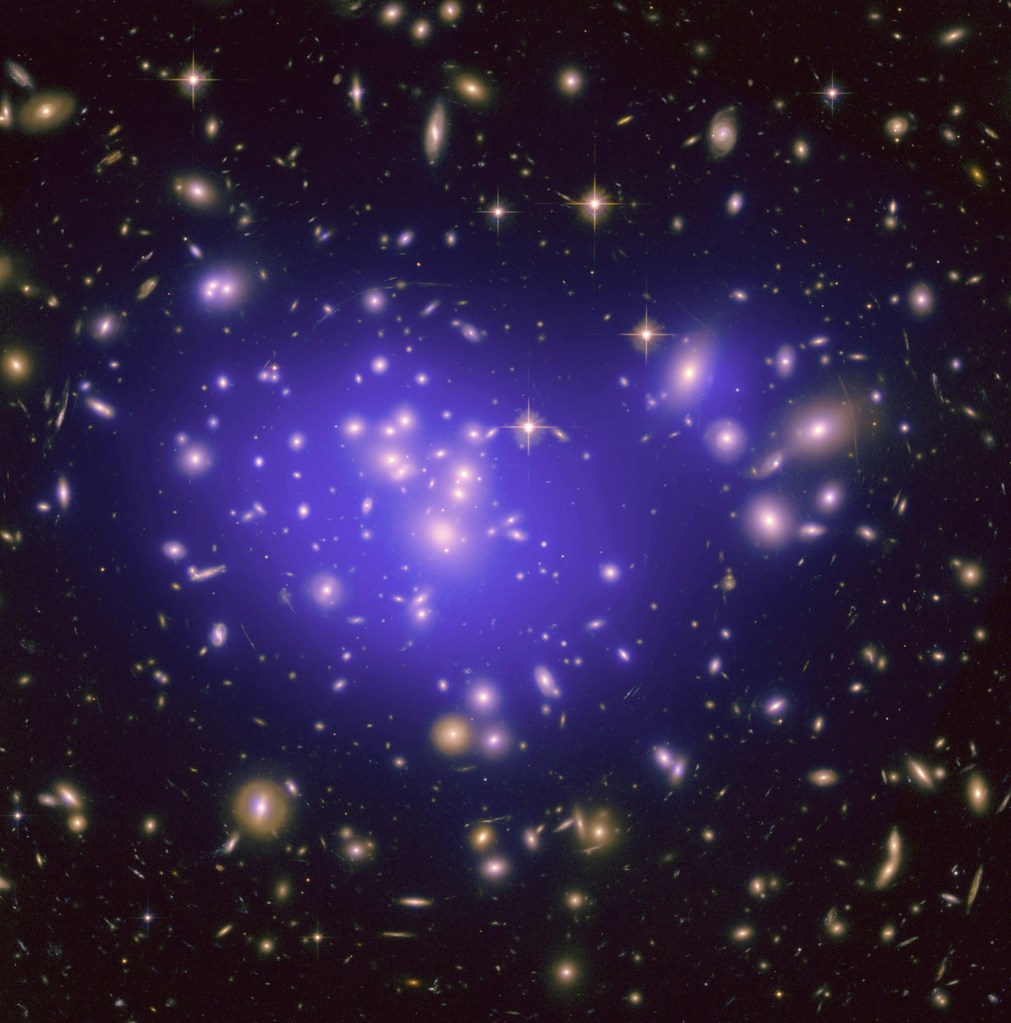
Shining a Light on Dark Matter
The gravitational pull of dark matter guides the formation of everything we can see in the universe.

Mapping the Cosmic Web
Filaments and sheets of matter create an interconnected web that forms the large-scale structure of the universe.






























